In Rome there a lot of charming caffeterie where we can have a cup of coffee. This drink is extremely important for all Italians.
First of all, we have to consider that
around the world there are different manners of making coffee. However,
Italians made for us two crucial items for coffee industry: mokka and the coffee
machine.
Mokka was made by a man called
Bialetti in 1933 but it became a real icon in the fifties. The symbol of the factory
was a little man with moustaches. The mokka pot is a stove-top item that produces coffee by passing boiling water pressurized by steam through ground coffee. The innovative idea meet the needs of Italians
and we can say that all nation has one at home. Many other companies imitate
Bialetti but we have to remember that the original is only one. First model was silver and had a lot of angles. Now we have different shapes, colours and also types. For example, there is Mukka - a mokka which makes a delicious cappuccino.
The other important invention which
everybody knows is espresso. This little, strong coffee could not exist if not
for the brilliant idea of Luigi Bezzera who in 1901 made a coffee machine for bars.
All began when the man wanted to prepare coffee very quickly. That’s why now we
say espresso. The name emphasize the
velocity of preparation and consuming. Additionally espresso is a past participate of the verb to express (it. esprimere) which refers to the intense taste of each
cup.
Besides the manner of preparation, the names of drinks are worth also knowing. For example, latte macchiato means
stained milk. It is simply a lot of milk with a little stain, spot (It. macchia) of coffee. Another curious
story refers to cappuccino. It took its name from the colour of the habits of
Capuchin (It. cappuccini) who had invented this type of coffee.
There are plenty of different absorbing
coffee stories which can make time pass more pleasantly with a cup of
coffee in your hand near Vaticano but one of the oldest and the most famous one is without doubts Antico Caffè Greco in Via Condotti. It is worth knowing that in Via Condotti there are the most expensive and luxiourious shops in Rome. This cafeteria is also very elegant and always full of people. It was like that also in the past when writers were coming here to talk in a pleasant atmosphere. So, your turn now? :)

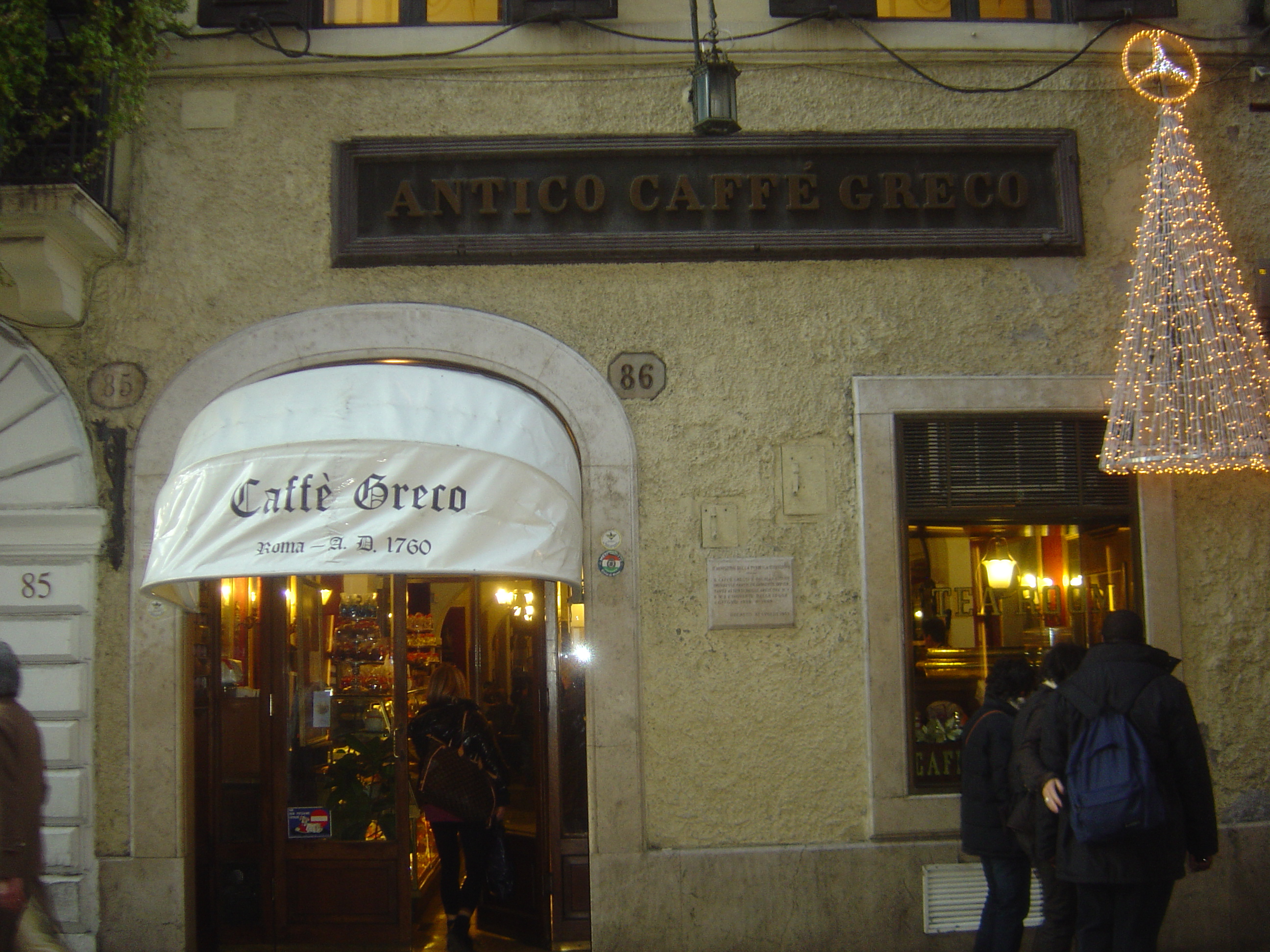

.jpg)
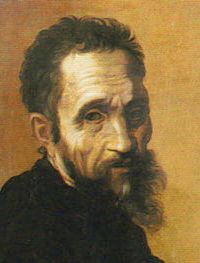

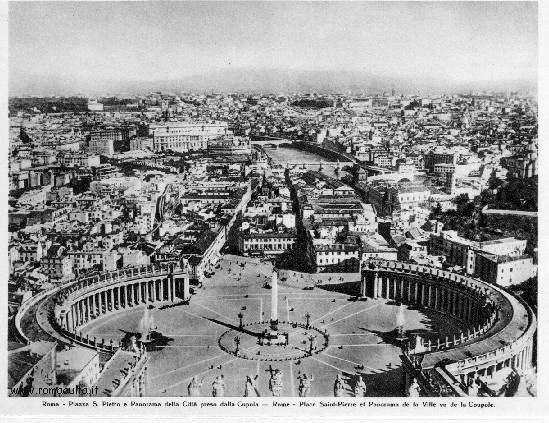



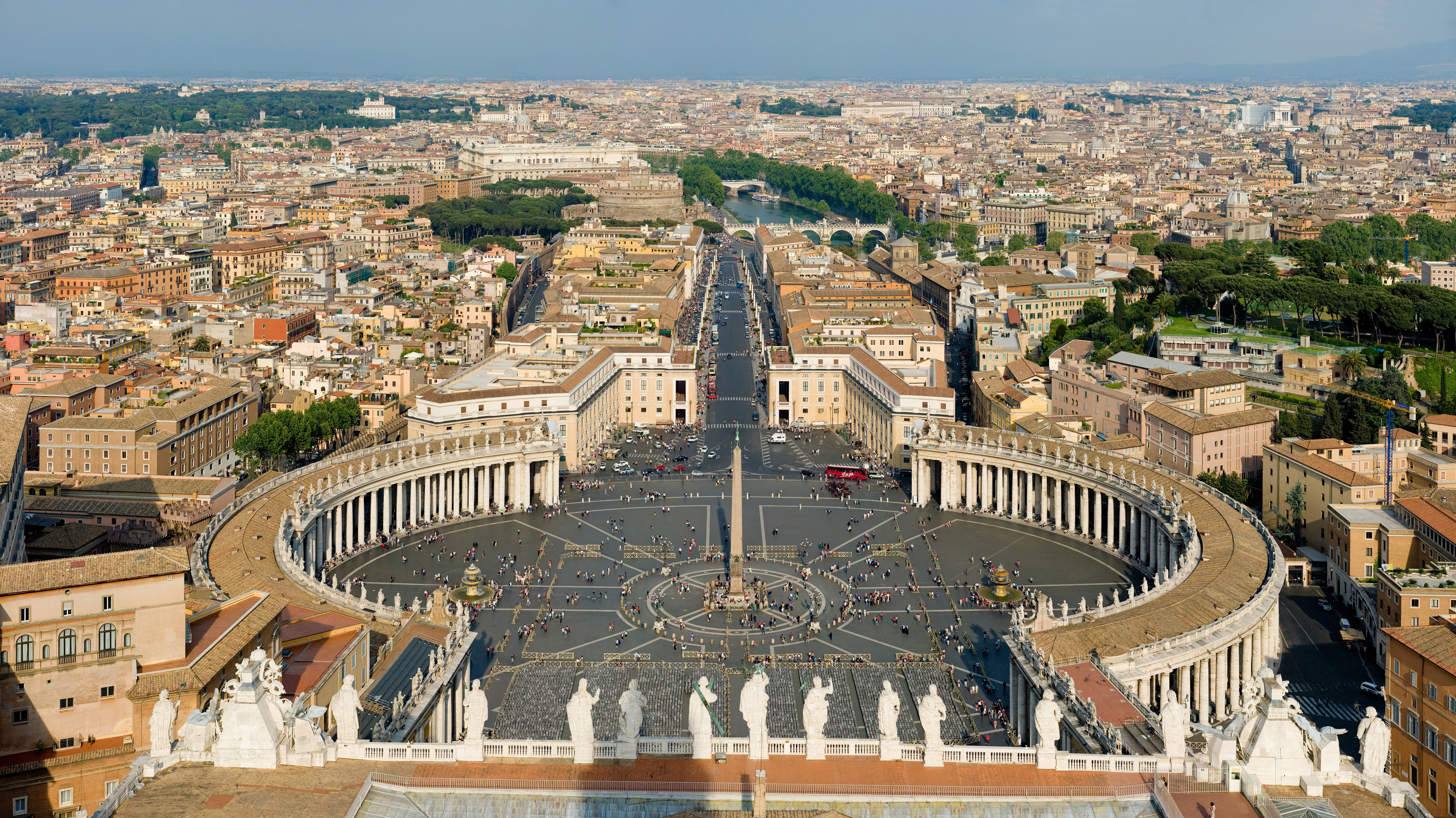

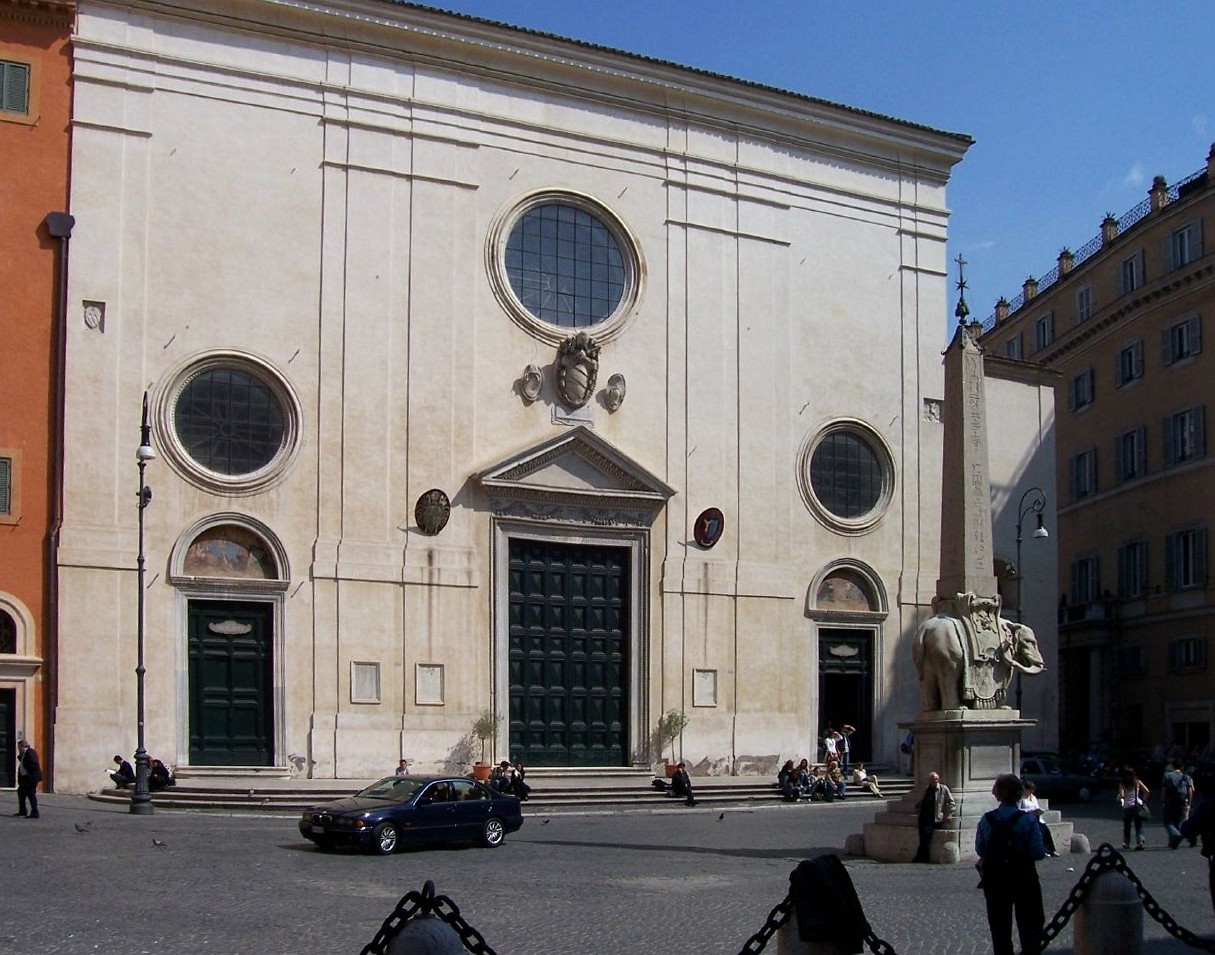



.jpg)
